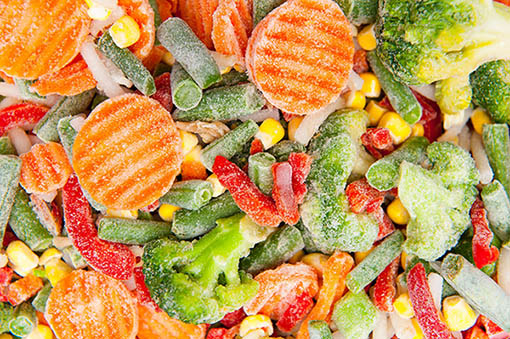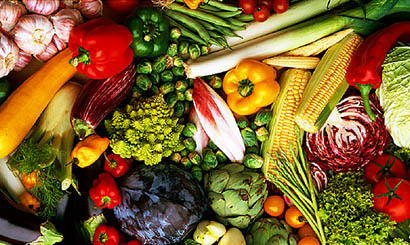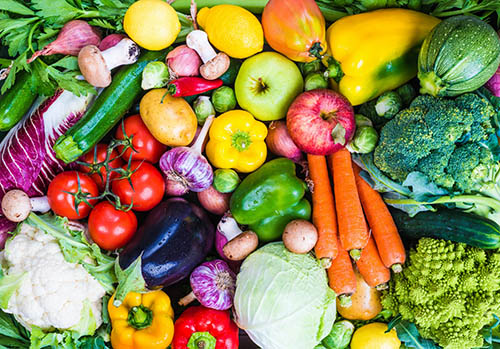Mushroom diseases, bacterial and physiological in nightshade vegetables
Gray mold
The main storage disease of peppers, tomatoes, eggplants. Symptoms appear on the fruit, as small, cream spots, rapidly growing into circular watery spots. A gray coating of mycelium and spores appears on the infected surface. In tomato fruit, the most common infection begins with mechanical damage and the stalk. Therefore, fruit without stalks is intended for long-term storage. The disease progresses most rapidly at 20ºC.
Healthy and undamaged pepper fruits stored in temp. 10 up to 13ºC are resistant to gray mold attacks. However, at a temperature of 4,4 up to 7.2 ° C, pepper fruits are very susceptible to infection. In order to protect the pepper fruits against contamination, a water bath is made at the temperature of. 55ºC through 4 minutes or stored in an atmosphere with increased carbon dioxide content.
Black spot of pepper fruit
The symptoms are small, round, gray-green watery spots with clear edges. Then the stains darken even to black. A gray-brown bloom of mycelium and spores forms on the surface of the spots. The disease development can be inhibited at temperatures between 0 ° C and 4.4 ° C. Severe infestation is diagnosed when the fruit is transferred from a low storage temperature to a higher temperature of approx. 18C.
Wet bacterial rot of fruit
The disease begins with the stalk and then attacks the entire fruit. The tissue of the fruit becomes soft and watery, accompanied by an unpleasant odor. The development of the disease is favored by high air temperature and relative humidity. As a preventive measure, mechanical damage to the fruit should be avoided. A hot water bath should also be performed (55C), which should protect against electric shock.
Cool damage
Pepper fruits are very sensitive to low temperatures. Already temp. 6° C causes slight changes in green fruit in the form of small spots, which then become watery. The cross-section of the fruit shows brown sockets. After transferring the fruit to a higher temperature (15-20C) the affected tissue around the calyx collapses. These symptoms do not appear on red fruit, and very rarely on the yellow ones.
After one week of storage at 5ºC, the tomato fruit may experience cold damage. The symptoms are disturbances in the coloring of the fruit, the formation of colored stains, the softening of the fruit, browning of seeds, loss of aroma and taste.





